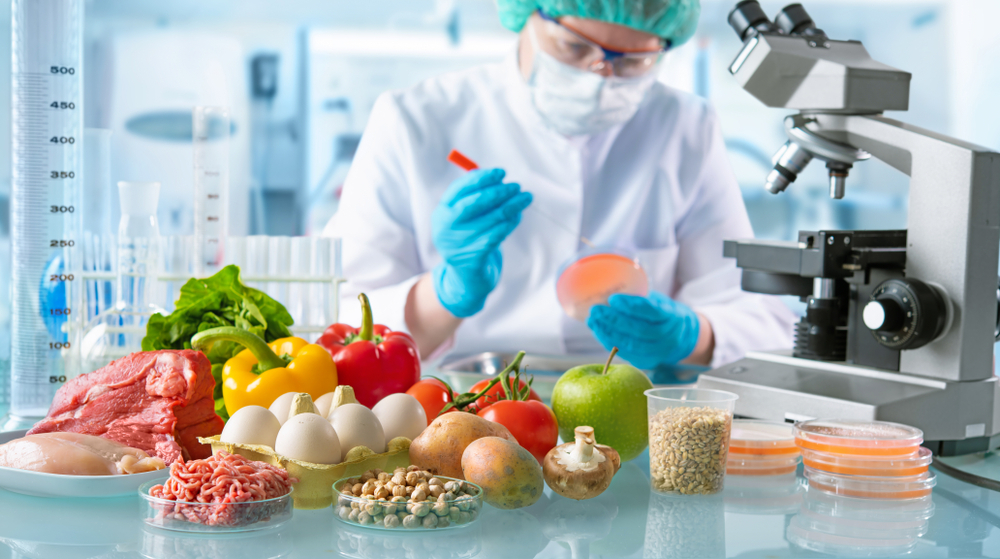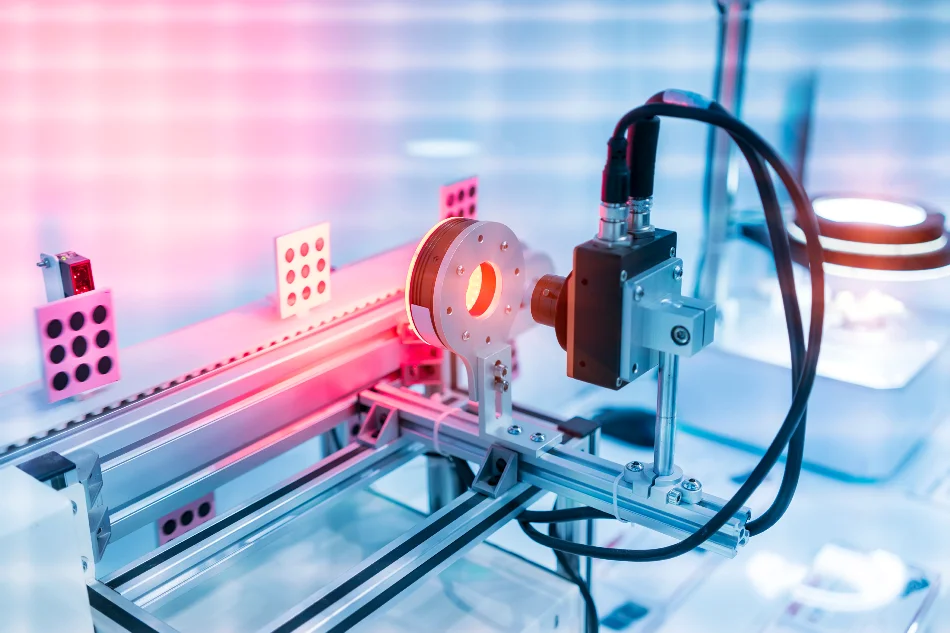Introduction
Quality control in food production is a critical aspect that directly impacts consumer health, satisfaction, and brand reputation. With the complexity of modern food production processes, traditional manual inspection methods alone are inadequate to ensure consistent quality. This is where vision inspection system step in as a game-changer.
Understanding Vision Inspection
Vision inspection involves the use of advanced cameras, sensors, and intelligent algorithms to visually assess products at various stages of production. These systems are capable of detecting minute defects, discrepancies in packaging, improper labeling, and even the presence of foreign contaminants that are often invisible to the naked eye.
Benefits of Vision Inspection in Food Production
Enhanced Product Quality
Vision inspection ensures that each product meets the predetermined quality standards. Even the tiniest defects that might go unnoticed by human inspectors are promptly identified, resulting in an improved final product.
Detection of Defects and Contaminants
One of the most crucial roles of vision inspection is detecting defects and contaminants in real-time. Whether it’s a broken seal, an irregular shape, or a foreign particle, these systems can quickly flag issues that might compromise product safety.
Compliance with Regulations
Food production is subject to rigorous regulatory standards. Vision inspection system play a crucial role in ensuring that products adhere to these regulations. This includes verifying accurate labeling, ingredient lists, and nutritional information.
Components of a Vision Inspection System
Cameras and Sensors
High-resolution cameras vision inspection system to capture detailed images of products from different angles. Coupled with specialized lighting and filters, they enhance the visibility of various features.
Image Processing Software
Powerful image processing software analyzes the images captured by the cameras. It can identify defects, measure dimensions, and compare products against predefined criteria.
Machine Learning Algorithms
Machine learning algorithms enable the system to adapt and improve over time. As they process more data, they become more accurate in detecting defects and anomalies.
Applications of Vision Inspection in Food Production
Packaging Inspection
Vision inspection ensures the integrity of packaging materials, detecting issues like leaks, dents, or misaligned seals that could compromise the product.
Labeling Accuracy
Incorrect or missing labels can lead to legal and consumer trust issues. Vision inspection verifies label accuracy and placement.
Foreign Object Detection
From glass shards to plastic fragments, foreign objects can find their way into food products. Vision inspection systems prevent these contaminants from reaching consumers.
Quality Assessment
Vision inspection assesses various quality parameters, including color, shape, size, and texture, guaranteeing consistent product appearance and quality.
Implementing Vision Inspection Systems
Integration into Production Lines
Vision inspection systems are seamlessly integrated into production lines, operating at high speeds to maintain efficiency without disrupting the workflow.
Training and Calibration
Proper training and calibration are essential for optimal performance. AI models need to be trained on a diverse dataset to accurately identify defects and variations.
Challenges and Limitations
Variability in Products
Food products can vary significantly in shape, size, and appearance. Adapting vision inspection systems to accommodate these variations can be a challenge.
Initial Setup Costs
While vision inspection systems offer long-term benefits, the initial investment can be substantial, including equipment, software development, and employee training.
Maintenance and Updates
Regular maintenance and software updates are crucial to keeping the system accurate and up-to-date with the latest industry standards.
Future Trends in Vision Inspection
Advancements in AI and Machine Learning
As AI and machine learning continue to evolve, vision inspection system will become even more sophisticated, capable of identifying complex defects and anomalies.
Real-time Data Analysis
Real-time data analysis will enable manufacturers to make immediate decisions based on the insights provided by vision inspection systems.
Conclusion
In the ever-evolving landscape of food production, vision inspection system have emerged as a pivotal tool for maintaining quality, safety, and compliance. These systems not only enhance product quality but also contribute to consumer trust and regulatory compliance. As technology continues to advance, the role of vision inspection in food production quality control will become increasingly indispensable. Trident Information Systems have designed Vision Intelligence System considering manufacturer’s grievances and how we can push them ahead in the market competition. With a dedicated team of experts, we have managed to accomplish a robust track of accomplishments. You too can implement this Machine Vision System and see the results for yourself. Contact us for further information or a demonstration.
FAQs
- What is the main purpose of vision inspection in food production? Vision inspection ensures the quality, safety, and compliance of food products by using advanced imaging technology to detect defects, contaminants, and inaccuracies.
- How does a vision inspection system detect contaminants? Vision inspection system use high-resolution cameras and machine learning algorithms to identify irregularities, foreign objects, and deviations from predefined standards.
- Can vision inspection system replace human quality control inspectors? While vision inspection system enhance efficiency, human inspectors still play a crucial role in decision-making and handling complex situations.
- Are there specific food products where vision inspection is more effective? Vision inspection is effective across various food products, particularly those with consistent shapes and sizes. It’s highly versatile and can be adapted for different types of products.
- How can manufacturers ensure the accuracy of their vision inspection system? Regular training, calibration, and maintenance are essential to ensuring the accuracy and effectiveness of vision inspection system in food production.


